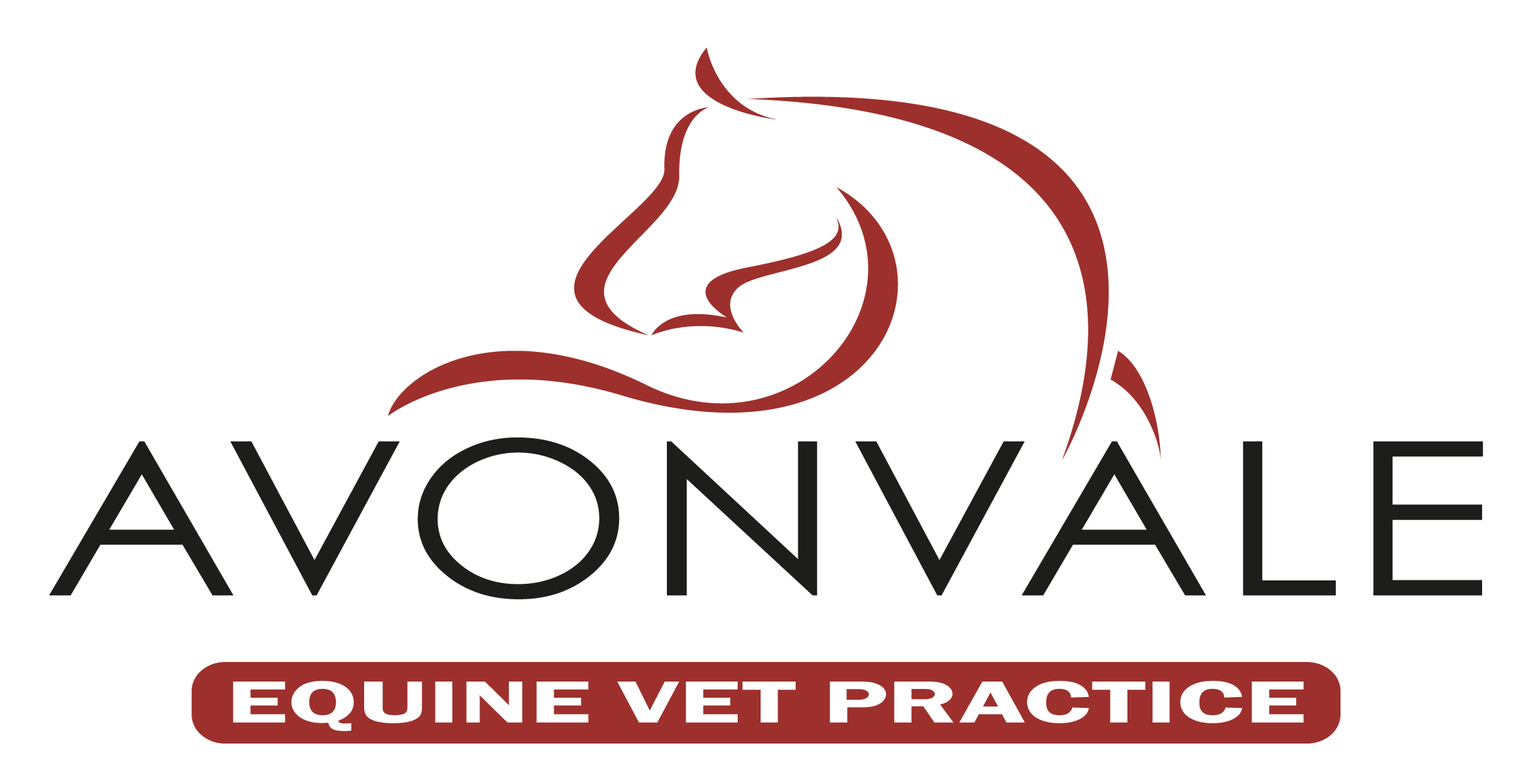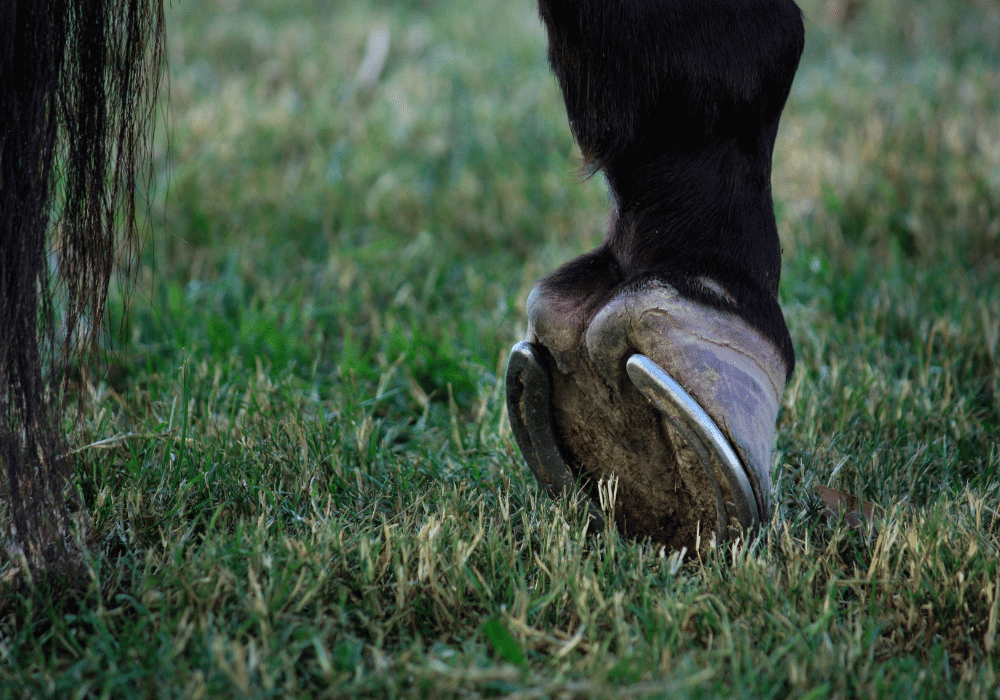Laminitis is a common condition that can affect any horse, pony, donkey or mule. It is very painful and requires immediate veterinary attention and first aid. Whilst laminitis is usually associated with a hormonal disorder, it can have a number of causes and contributary factors. This blog article outlines what causes laminitis in horses and explains what horse owners can do to help prevent laminitis.
What is Laminitis in Horses?
Laminitis is a condition that occurs when the laminae, which are sensitive tissues within the hoof, become inflamed. This can weaken them, allowing the pedal bone to rotate or drop inside the hoof capsule. This is extremely painful for the horse and must always be treated as a serious veterinary emergency.
Recognising and treating laminitis early means that pain can be managed more effectively. Structural damage can be avoided and steps can be taken to aid recovery. Whilst many horses and ponies do recover from laminitis, severe and / or recurrent cases can leave euthanasia as the only humane option.
Laminitis will not resolve on its own and early intervention is needed to prevent treatable, acute cases from evolving into chronic laminitis, which is harder to manage and can affect a horse’s quality of life long-term.
What Causes Laminitis in Horses?
EMS and PPID
Around 90% of laminitis cases are caused by an underlying hormonal disorder. Equine Metabolic Syndrome (EMS) and Pituitary Pars Intermedia Dysfunction (PPID / Cushing’s Disease) are the two conditions most commonly associated with laminitis. EMS is an inability to regulate insulin, whereas PPID is an age-related condition that affects the pituitary gland. PPID can also disrupt insulin regulation. If you suspect your horse may have either of these conditions, it is a good idea to contact your vet. They can advise you on diagnostic tests, as well as treatment and management options.
Other Inflammatory Responses
Carbohydrate overload can also trigger laminitis. Starchy and sugar-rich feeds can cause this, as can gorging on sugar-filled spring grass. In some cases, laminitis can also be triggered by toxaemia that may arise as a result of complications after surgery or foaling.
Mechanical Problems
Laminitis can sometimes arise when one limb is having to bear excessive weight. This may be due to an injury in the opposite limb, for example. This is another reason to always have any lameness investigated promptly by a vet, even if you do not suspect laminitis or a serious injury. Horses are often very good at hiding pain, and the underlying condition causing the lameness may be more serious than the horse is letting on.
Reducing the Risk of Laminitis
Effective management is the best way of preventing laminitis from occurring. Horses with a history of laminitis are more likely to develop laminitis again, so preventing it from happening in the first place should be every horse owner’s priority. Obesity and sudden weight gain make laminitis more likely. Foot soreness after trimming or shoeing can be an early warning sign.
Early diagnosis and careful management of PPID or EMS is vital to preventing laminitis, as these hormonal disorders are the number one cause of laminitis. Weight and diet management is also important – not only will it help prevent laminitis, a healthy weight and diet will benefit your horse’s overall health and wellbeing. Finally, having a regular foot care routine will also help you and your farrier spot any issues early and before they develop into major problems.
Avonvale Equine Vets | Independent Equine Vet Practice
Our highly qualified and dedicated equine vets, based in Upton, near Banbury, are experienced in diagnosing and treating a range of conditions. Whether you are concerned about EMS or PPID, want help managing your horse’s weight or diet, or require an emergency equine vet, you can always rely on us. We offer free weekly zone visits for routine and non-emergency appointments, covering Warwickshire, Oxfordshire, Gloucestershire and Worcestershire. If you are looking for an independent, reliable equine vet practice with a team of experienced equine vets, Register your horse, pony, donkey or mule with us today.








